
How to Deal with Knee Arthritis as an Active Young Adult
By Dr. Mark V. Huerta
When I was 23 years old, I tore my anterior cruciate ligament (ACL) in my right knee for the second time. After undergoing surgery, my orthopedic surgeon shared that there was also significant damage done to my meniscus and that the MRI revealed early signs of osteoarthritis. I was devastated but was determined to do everything in my power to minimize the impact this condition has on my life. I am now 28 years old and have been living with arthritis in my right knee for over five years. In this post, I will share four tips that have improved the quality of my life that I hope can help others who are in a similar state.
Tip #1: Minimize High-Impact Activities
Probably the hardest aspect of my predicament was having to give up sports. After my second surgery, I began to notice that my knee would ache and remain sore for upwards for 2-3 days after playing sports. Even activities like running, jump-roping, and specific weight-training exercises (e.g. squats) would lead to significant discomfort that could last multiple days. Once I decided to give up sports and other high-impact activities, I noticed a major improvement. I no longer experienced the very bad aches and pains that seemed to occur weekly before.
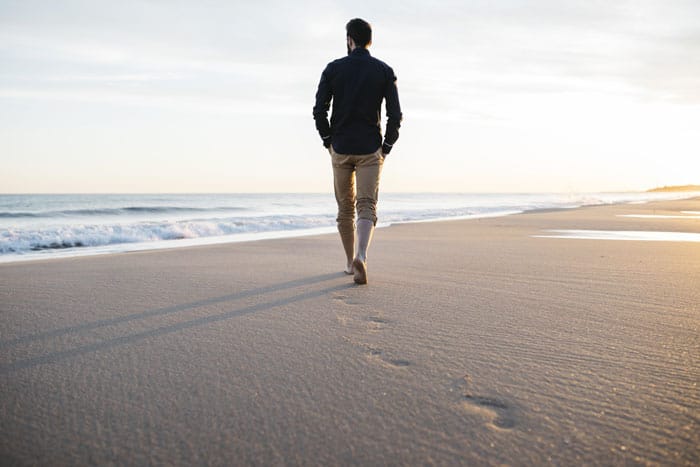
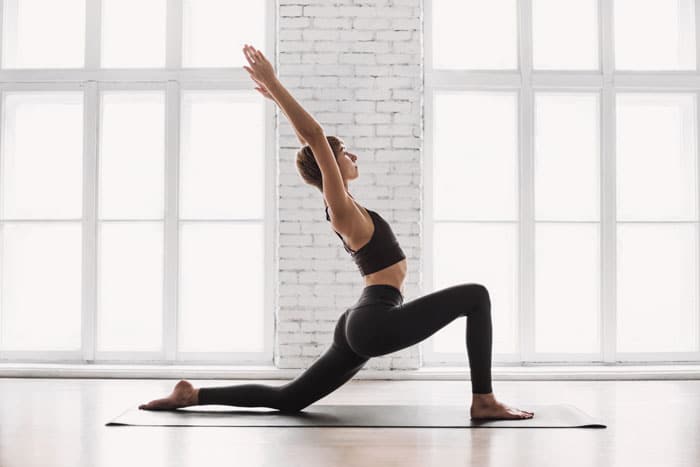
Tip #2: Develop a Yoga Practice
One of the best things that happened from this experience is I began to dive deeper into yoga and I now maintain a regular practice. Yoga has helped me improve my balance, posture, flexibility, stability, and overall mind-body awareness. It has allowed me to remain in good shape, while also supporting my mental health as it fosters focus and energy. If you are new to yoga, I highly recommend exposing yourself to a variety of yoga practices initially as there are so many types including Bikram, Hatha, Vinyasa, Yin, etc. Even during the current COVID pandemic, there are still many online resources to enhance your yoga practice from home.
Tip #3: Do Other Low-Impact Exercises
I have also found walking, biking, the elliptical, and swimming to be terrific low-impact exercises that do not lead to inflammation and can strengthen the muscles around your knee. I also recommend using resistance bands and body-weight type workouts that don’t involve “explosive” movements over-weighted squats. As you can see, there are still a lot of great options to stay in shape, while avoiding aggravating your arthritis!

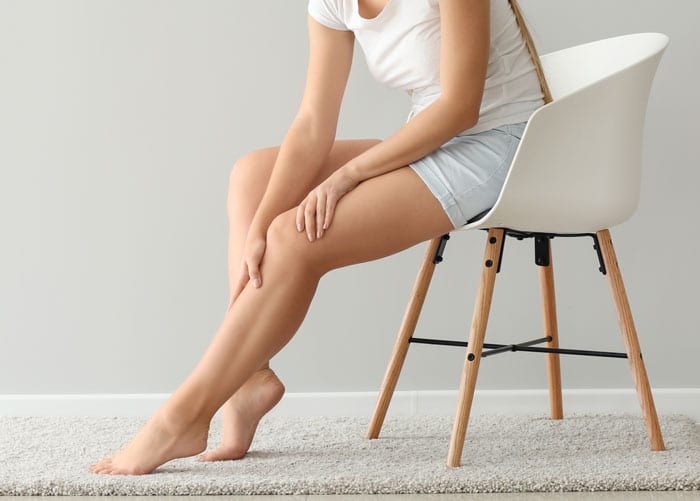
Tip #4: Massage around your Arthritic Joint
Even if you reduce or completely remove high-impact exercises, there will still likely be days in which you continue to experience aches and discomfort. Perhaps you went on a long hike or had a particularly active day. For those situations, I recommend massaging the muscles around your knee. In particular, I find that massaging your quadriceps and your hamstrings with Tired Legs Relief from Nezsu Organic Spa Skincare can significantly relieve tension in the knee. My mom actually recommended the product to me and now I highly recommend you try it for yourself.
Feel the Difference!
Tired Legs Relief uses menthol and other natural ingredients, that when applied to the skin, create an amazing, cooling, tingling sensation that never fails to invigorate your leg. The addition of Arnica, long known for its ability to reduce muscular pain, makes the pain go away. Lastly, Tired Legs Relief includes beeswax and olive oil, both natural moisturizers which help smoothen rough knees.
Search
Shop the Story
When I was 23 years old, I tore my anterior cruciate ligament (ACL) in my right knee for the second time. After undergoing surgery, my orthopedic surgeon shared that there was also significant damage done to my meniscus and that the MRI revealed early signs of osteoarthritis. I was devastated but was determined to do everything in my power to minimize the impact this condition has on my life. I am now 28 years old and have been living with arthritis in my right knee for over five years. In this post, I will share four tips that have improved the quality of my life that I hope can help others who are in a similar state.
TIP #1: MINIMIZE HIGH-IMPACT ACTIVITIES
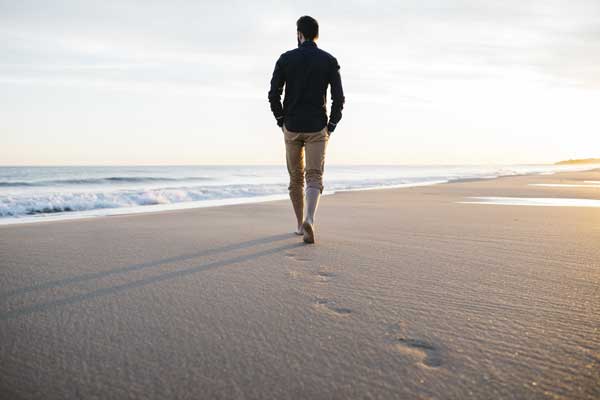
Probably the hardest aspect of my predicament was having to give up sports. After my second surgery, I began to notice that my knee would ache and remain sore for upwards for 2-3 days after playing sports. Even activities like running, jump-roping, and specific weight-training exercises (e.g. squats) would lead to significant discomfort that could last multiple days. Once I decided to give up sports and other high-impact activities, I noticed a major improvement. I no longer experienced the very bad aches and pains that seemed to occur weekly before.
TIP #2: DEVELOP A YOGA PRACTICE
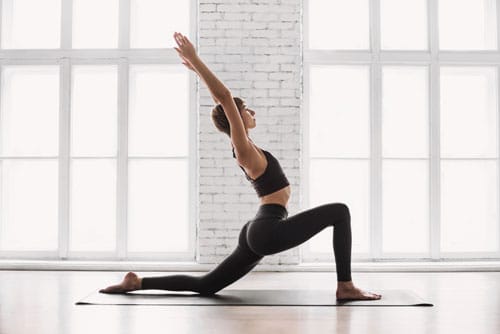
One of the best things that happened from this experience is I began to dive deeper into yoga and I now maintain a regular practice. Yoga has helped me improve my balance, posture, flexibility, stability, and overall mind-body awareness. It has allowed me to remain in good shape, while also supporting my mental health as it fosters focus and energy. If you are new to yoga, I highly recommend exposing yourself to a variety of yoga practices initially as there are so many types including Bikram, Hatha, Vinyasa, Yin, etc. Even during the current COVID pandemic, there are still many online resources to enhance your yoga practice from home.
TIP #3: DO OTHER LOW-IMPACT EXERCISES
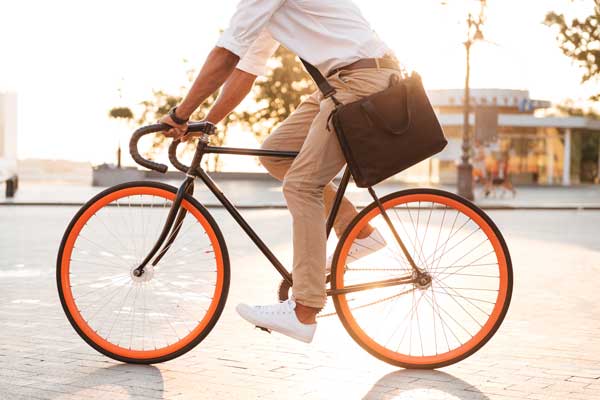
I have also found walking, biking, the elliptical, and swimming to be terrific low-impact exercises that do not lead to inflammation and can strengthen the muscles around your knee. I also recommend using resistance bands and body-weight type workouts that don’t involve “explosive” movements over-weighted squats. As you can see, there are still a lot of great options to stay in shape, while avoiding aggravating your arthritis!
TIP #4: MASSAGE AROUND YOUR ARTHRITIC JOINT
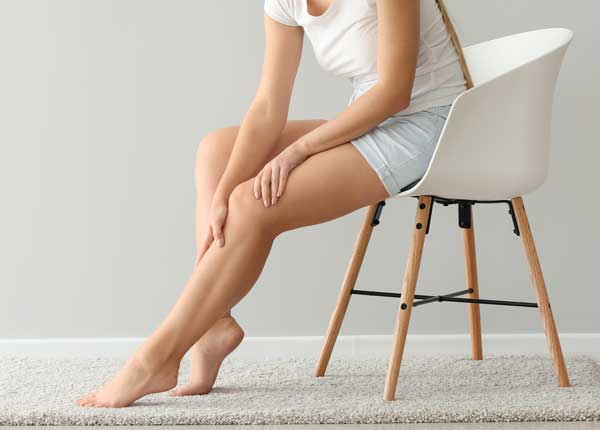
Even if you reduce or completely remove high-impact exercises, there will still likely be days in which you continue to experience aches and discomfort. Perhaps you went on a long hike or had a particularly active day. For those situations, I recommend massaging the muscles around your knee. In particular, I find that massaging your quadriceps and your hamstrings with Tired Legs Relief from Nezsu Organic Spa Skincare can significantly relieve tension in the knee. My mom actually recommended the product to me and now I highly recommend you try it for yourself.
Feel the Difference!
Tired Legs Relief uses menthol and other natural ingredients, that when applied to the skin, create an amazing, cooling, tingling sensation that never fails to invigorate your leg. The addition of Arnica, long known for its ability to reduce muscular pain, makes the pain go away. Lastly, Tired Legs Relief includes beeswax and olive oil, both natural moisturizers which help smoothen rough knees.
SHOP THE STORY
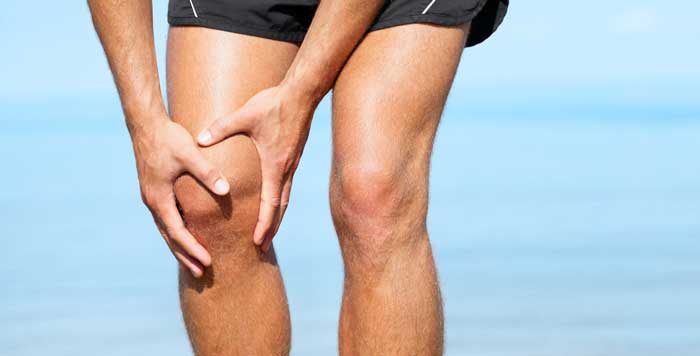







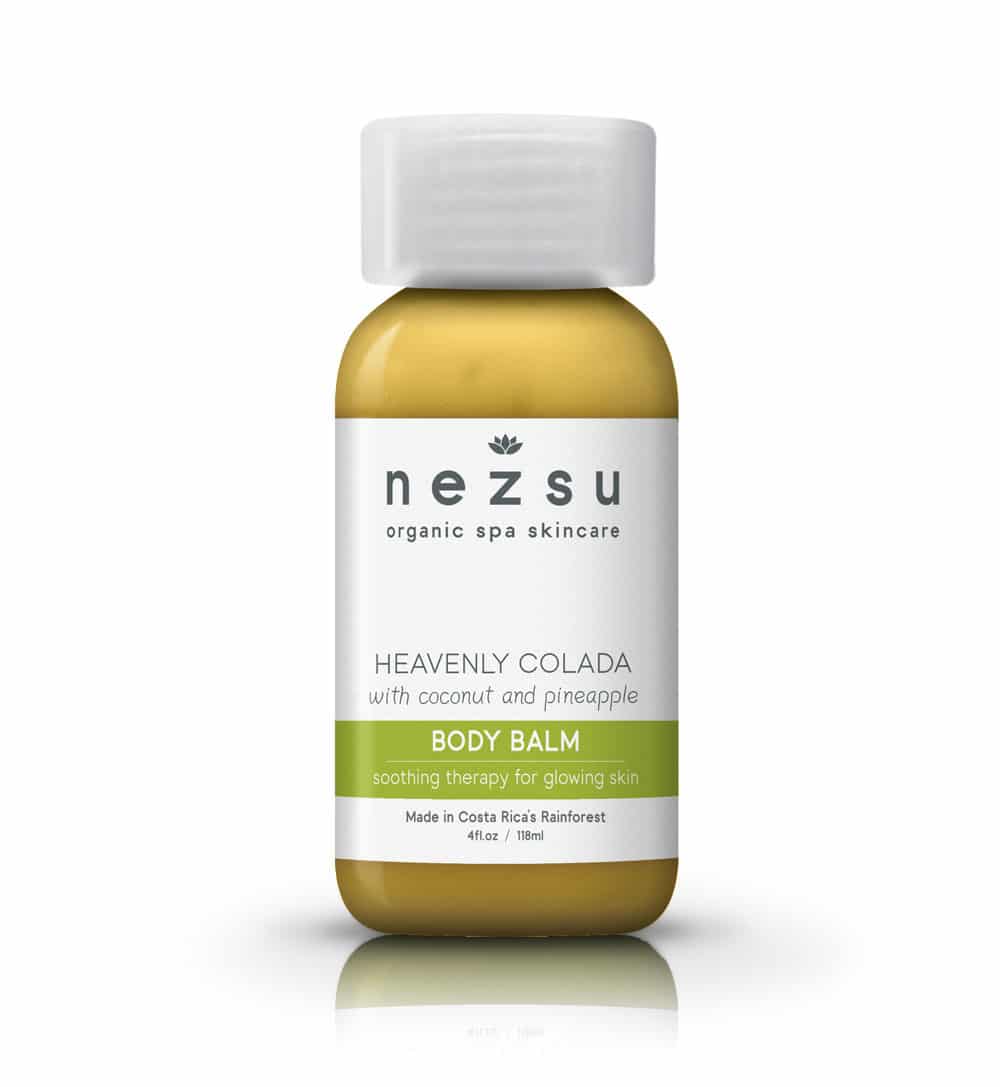
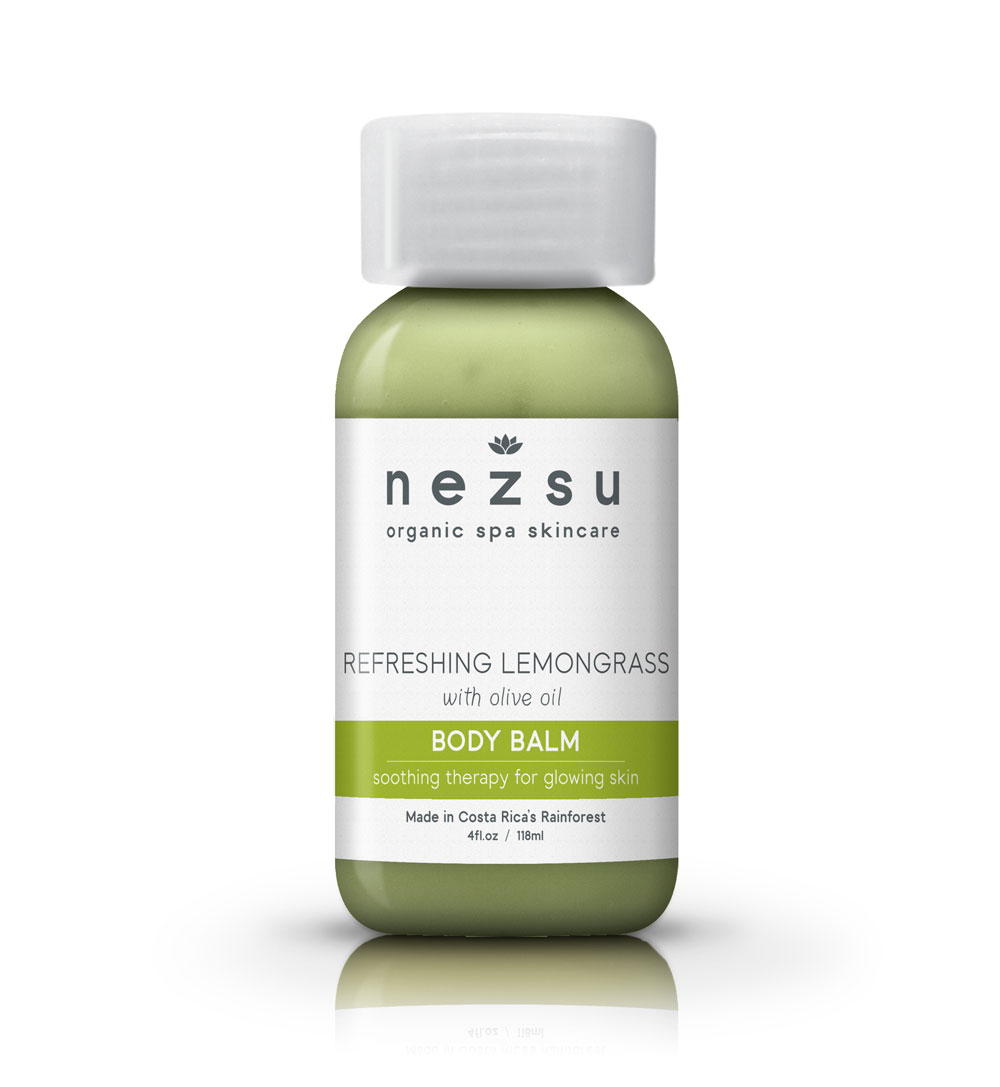





Leave a reply
You must be logged in to post a comment.